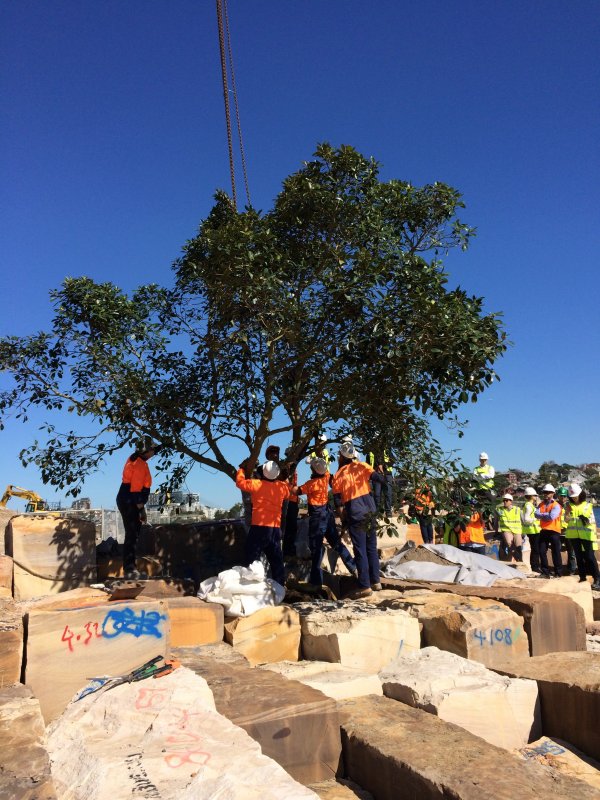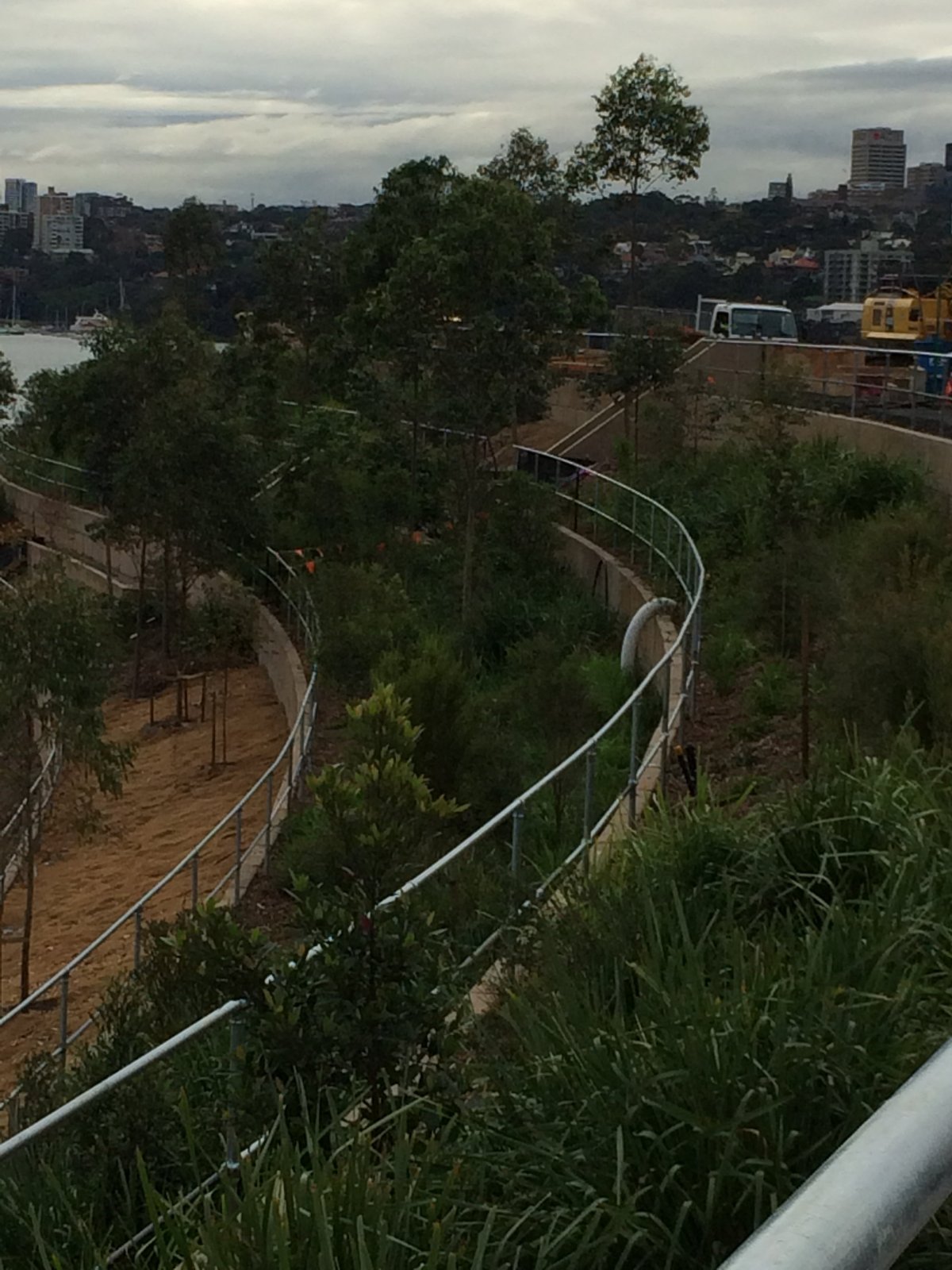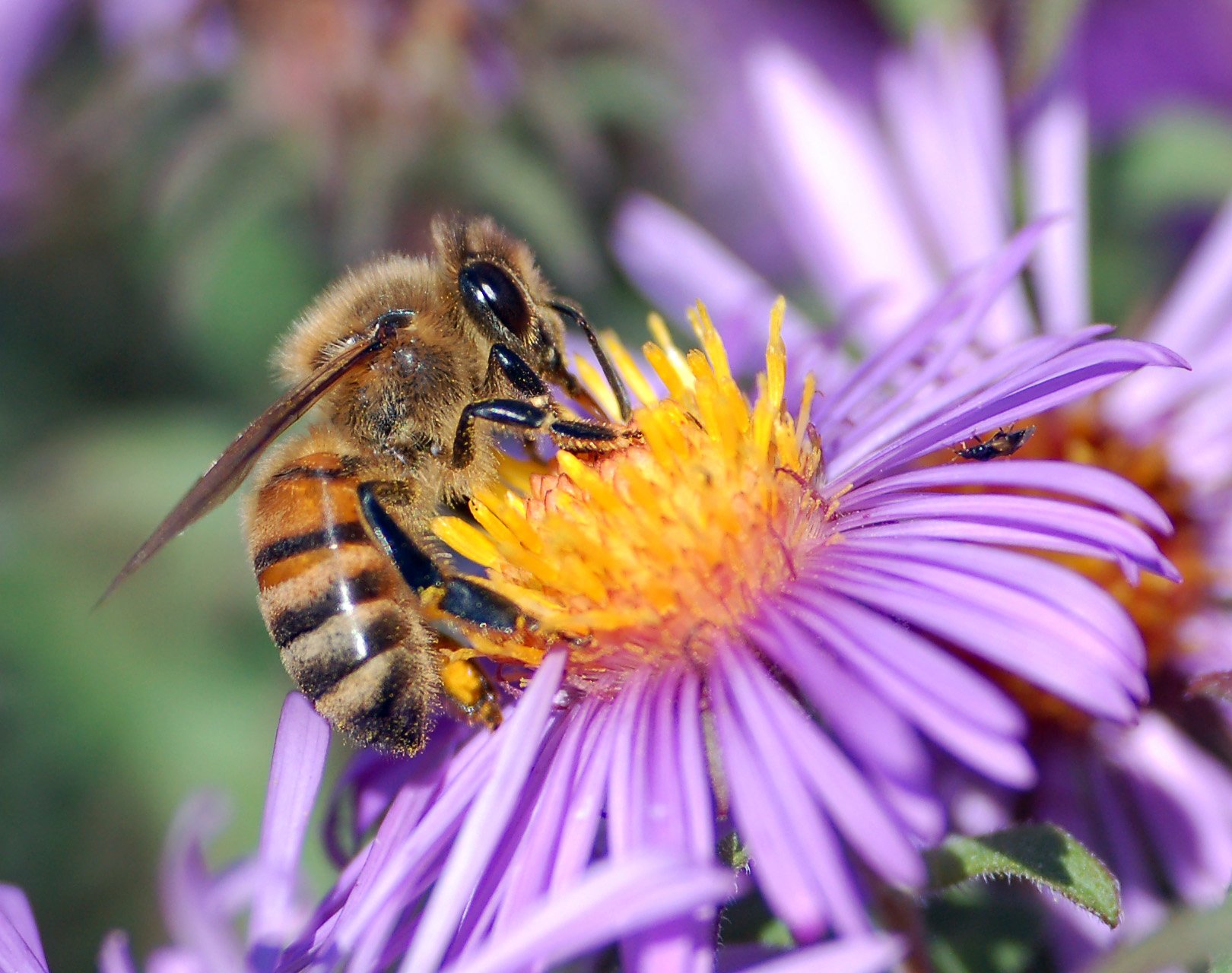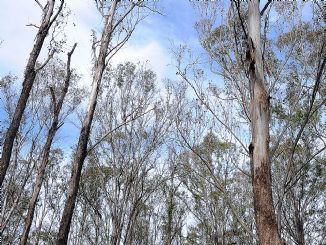Latest News
24 May 2019
I enjoyed a day of thought provoking presentations at the first "Rethinking the urban Forest" Conference that was hosted by the Addison Road Community Centre.
A fascinating analysis of the Climate and Urban Forest challenges and the intersection of them both. Every challenge presents opportunities and it was inspiring to hear many different approaches to these challenges.
We look forward to our practice as well as the wider industry adapting to these challenges and providing advanced services to meet them.
March 2015

We are very proud and excited to be working with Opera Australia and Royal Botanic Gardens for this years Handa Opera on Sydney Harbour's production of Aida. It is a privilege to be associated with such an iconic organisation at such an iconic location.
27 October 2014
These recent strong winds that have blown through Sydney with such ferocity provide a stern "stress test" for urban trees. Each strong gust can make many nervous about the risk of tree failure, parti...cularly around property however the vast majority of storm damage and wind failure that we inspect has actually caused a failure in a structural defect that would have been possible to identify prior to the wind event.
Strong winds can be damaging for trees and surrounding property (not to mention people!) however the risk of failure can be significantly reduced by inspection and a plan of management for urban trees.
We can inspect using the Visual Tree Assessment Method (VTA) or use state of the art Resistograph testing to identify any potential structural defects in your trees and then provide an individual Plan to manage your trees. This will reduce the risk of failure in storm event and provide increased piece of mind.
It's an ill wind that blows no good.
1 May 2014
Short video of the first ficus rubiginosa being craned into position today at Barangaroo.
1 May 2014

It was a thrill and a privilege to have been able to assist with the planting of the first super advanced mature Fig at the Headland Park at Barangaroo today. This park is going to be such a beautiful addition to Sydney and I'm looking to forward to sitting under this Fig and watching the Harbour.
30 April 2014

It was great to revisit the Barangaroo site today and see that not only have those first two Eucalypts survived the tough conditions but they are thriving amongst many others.
Looking forward to being involved in the installation of the first two big Figs on site tomorrow.
25 September 2013
Welcome to the first tree to be delivered for the new Barangaroo Headland Park Project. It is a Eucalyptus tereticornis (Forest Red Gum). It is a privilege to be involved in such a landmark project that will be such an integral part of Sydney's landscape for future generations.
16 September 2013

Worldwide, Honey Bees have long been acknowledged as a critical component of our ecology. The US Department of Agriculture estimate that 80% of all flowering plants are pollinated by bees and over one third of all food crops are bee pollinated. It is not surprising that the recent and continual decline in honey bee populations throughout Europe and the US have been met with alarm. This global phenomenon, known as Colony Collapse Disorder (CCD) has accounted for bee losses of up to 50% in the US and 30% throughout Europe.
Whilst some of the causes for this decline in Bee populations have been known, such as reduction in flowering plants, viruses, mites and other pathogens, there has long been a suspicion regarding a particular type of insecticides known as Neonicotinoids. Early studies indicated that dusting with Neonicotinoids had little effect on bees however they are able to uptake this systemic insecticide through nectar and pollen. The supplier of Imidacloprid, Bayer Crop Science, report that the lethal dose for bees is approximately 20ppm, whereas nectar and pollen may contain approximately 5ppm. Independent studies report that nectar may contain between 2 and 40ppm.
Recent studies such as Henry et al. “A Common Pesticide Decreases Foraging Success and Survival in Honey Bees; 2012, have shown that sub lethal doses of Neonicotinoids have a significant effect on Honey Bees, making them unable to navigate or carry out normal duties which may lead to the collapse of the colony. It is this recent information regarding the impact of lower sub lethal doses of these systemic pesticides on bee colonies that has led the European Union to place a two year ban on Neonicotinoid pesticides.
Since the EU’s ban on these insecticides early in 2013 we have had time to review the impact that this will have on the management of trees in Australia. Besides the symbiotic relationship between bees and trees within the environment, these findings are significant as Imidacloprid is a commonly used and important systemic insecticide in Arboriculture. The vast majority of our tree injection treatments use a targeted approach to pest management using Imidacloprid. In particular, Imidacloprid injection has been hailed as a component of a possible solution to the Grey Box Dieback problem that is currently impacting on Eucalyptus moluccana in Sydney’s West.
It is important to note that worldwide the most frequent use for Neonicotinoids is a dusting application and the injection method used in Arboriculture is a more targeted approach with little chance of overspray, windborne distribution or other accidental application however the systemic nature of this insecticide means that there will be small amounts present in nectar and pollen. Imidacloprid and other Neonicotinoids are not currently banned in the US or Australia and the permissible “on label” applications for injection of Imidacloprid are limited to Eucalyptus (Thaumastocoris and Sawfly Larvae), Ficus (Fig Psyllids) and Platanus(Sycamore Lace Bug).
After reviewing a number of studies, the European Food Safety Agency findings and EU recommendations we have decided at Birds Tree Consulting to limit our use of this insecticide in the absence of and perhaps pre-empting restrictions in Australia. We have decided to only treat Platanus spp. and Ficus spp. with Imidacloprid. The reason for this is that Platanus is monoecious and wind pollinated and Ficus has a unique pollination mechanism that requires a particular wasp for pollination (bees can’t access pollen). There has been some information recommending that injection of Eucalypts should be carried out during non-flowering periods however as the manufacturer boasts that the product is persistent within a tree for 2-3 years we deem this unsatisfactory.
Contact us to discuss your pest control requirements and how we can help with an Integrated Pest Control Programme.
14 November 2012
Its great to see the Telegraph reporting on the issue of Grey Box Dieback in Western Sydney. Disemination of information is the first stage/ Its important that as many pepople as possible are aware of this problem and then we can start to all be part of the solution. PLease contact us to find out more about this important issue. Read the article here.
13 November 2012
Glenn Bird was pleased to assist the Rouse Hill Times with information for their article regarding Grey Box Dieback within the Eucalyptus moluccana population of Western Sydney. It is a significant ecological crisis in the area and the article provides a valuable service in getting the information to the general public. We would however like to clarify one aspect of the article. Glenn Bird was not involved in the University of Western Sydney research into the problem. He was involved in the Office of Environment and Heritage Workshop to help formulate treatment strategies. Read the article here.
08 November 2012
 I had an interesting day today attending the workshop held by the Office of Environment and Heritage to address the serious issue of the Grey Box dieback (Eucalyptus moluccana) that is having a devastating impact on the Eucalyptus moluccana populations throughout Western Sydney. Not only is this causing a visual eyesore of vast tracts of dead Eucalypts throughout Western Sydney but it is now posing the very real risk of causing the demise of the endangered ecological community of Cumberland Plain Woodland (CPW). CPW has been the dominant ecological community throughout the western plains of Sydney and it is essential for the survival of the unique endemic flora and fauna of the region. The loss of the dominant tree species of this community is going to have a significant impact on the viability of this endangered community.
I had an interesting day today attending the workshop held by the Office of Environment and Heritage to address the serious issue of the Grey Box dieback (Eucalyptus moluccana) that is having a devastating impact on the Eucalyptus moluccana populations throughout Western Sydney. Not only is this causing a visual eyesore of vast tracts of dead Eucalypts throughout Western Sydney but it is now posing the very real risk of causing the demise of the endangered ecological community of Cumberland Plain Woodland (CPW). CPW has been the dominant ecological community throughout the western plains of Sydney and it is essential for the survival of the unique endemic flora and fauna of the region. The loss of the dominant tree species of this community is going to have a significant impact on the viability of this endangered community.04 October 2012
Spring has sprung and the warmer weather is with us. Now is the perfect time to start planning for the control of pests and bugs in your trees. For a select range of tree pests, the most effective method of control is direct injection of a systemic pesticide that is dispersed through the trees vascular system to eradicate target pests and provide continuing protection for up to 3 years. This method is particularly effective as it will interrupt the life cycle of the pests meaning that pests can not “escape” due to the stage of their life cycle at the time of application.
The method of tree injection that we use is specifically designed to minimise the impact of the injection on the tree. Our injectors apply the dose at very low pressure, relying in the vascular action of the trees system to take up the solution. Tree injection is a safe and effective control method for:
- Thaumastocoris (Bronzing in Eucalyptus spp.)
- Fig Leaf Beetle / Fig Psyllids
- Sycamore Lace Bug in Platanus spp.
- Sawleaf larvae (Eucalyptus spp.)
- Lerp psyllids (Lerp dieback) in Eucalyptus moluccana *under testing
Give us a call on 0438 892 634 to see if our Tree Injection Services can help to protect your trees.
05 May2012
Glenn Bird has completed the judging process for the Landscape NSW & ACT (LNA) 2012 Awards of Excellence. The standard of projects this year was exceptional and it was an inspiring experience to see the level of skilled workmanship and pride that have been incorporated into these projects. We look forward to the LNA Awards night to unveil the winners and to celebrate their Landscape Excellence. Read more here.





